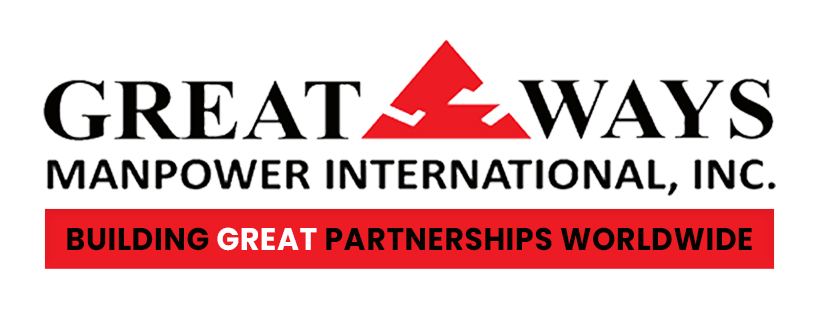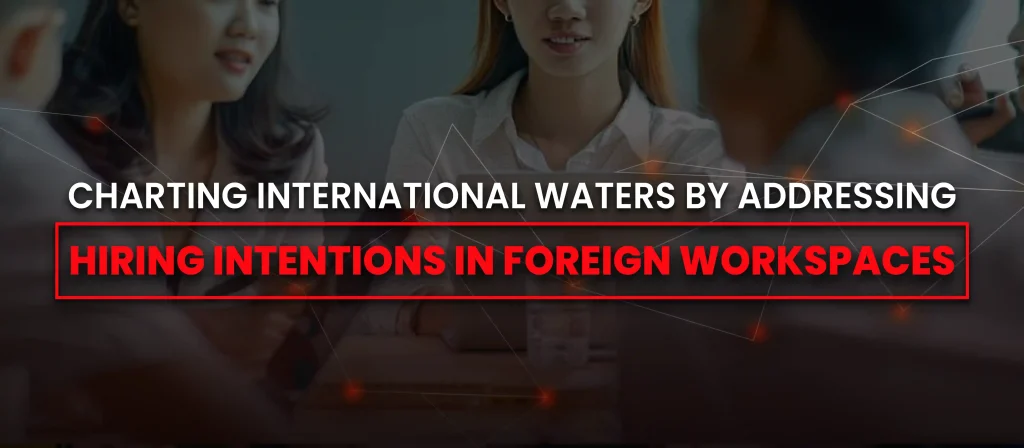Over the past two decades, labor market tightness has plagued the labor market like a noose—somewhat loosening, and particularly tightening at the height of the pandemic. Post-pandemic, however, the noose, that is the long-term manpower shortage trend that took off in the 10’s, remains tighter in specific economies than it did over the past 20 years.
Why Do Companies Hire Staffing Agencies for Recruitment?
There has been some debate over the past two decades on the use of labor hire and contractor workers by Australian businesses and organizations. The previous year, a recorded 10% of the workforce in Australia was engaged in labor hire arrangements, according to the Australian Bureau of Statistics (ABS). This reflects a growing trend among employers seeking flexibility amidst labor shortage. Labor hire workers peaked at over 350,000 pre-pandemic and fell by 48,000 in June because of imposed lockdowns because of COVID-19.

Current Hiring Trends
In Australia, the labor market has had a push-pull relationship with its workforce numbers. Although their unemployment rate was one of the lowest in recent history sitting at 3.7% even at the height of the pandemic, still, this number has ballooned to 4.1% as of August 2024. Sectors like healthcare, technology, and construction are struggling with significant talent shortages. The Skills Priority List published by the Australian government in early 2024 identified over 200 occupations facing skill shortages, emphasizing the urgent need for skilled workers in areas such as aged care and IT.
New Zealand, on the other hand, mirrors this struggle. With an unemployment rate of 4.6% in the June 2024. Even with a decent economy, New Zealand has hit a rough patch, with hiring activities sharply declining in June. That draws a combined 69% of companies anticipating an increase in their hiring needs for the rest of the year.
The rising unemployment case has led to the relaxation of migration policies, however, the question remains: do these professionals have the foundational ability and capacity to take on roles in their respective industries?
Aside from this, the persistence of brain drain is another prominent challenge in the recruitment industry. The appeal of better salaries abroad, nearshoring and offshoring; working for international clients while residing locally—these options continue to draw the locals away.
In UAE, the increasing demand for services in the logistics sector has yet to be matched by the number of available manpower supply. Due to the shift in complexity and training requirements, the majority of those who were previously qualified for a position in the said sector, are now deemed eligible. This negative climate in the manpower industry aroused the unwillingness of potential workers to take on temporary or contract roles.
Amidst the challenge of brain drain, the opportunity to reskill and upskill presents itself to individuals who choose to stay. Regardless of the technological advancements that AI brings, now is the best time for skilled workers to position themselves strategically in the background of the labor workforce.
For example, staff can be trained to handle maintenance responsibilities if needed. But of course, that is a solution that brings impermanent stoppage to the labor issue.

The Impact of Labor Shortage on Businesses Across Industries
The significant impact of the labor supply shortage is felt most by startups and small businesses. These enterprises often lack the resources to compete with larger corporations that can offer higher salaries and more comprehensive benefits. As a result, many businesses of this size are struggling to attract and retain talent, hindering their growth potential. But, of course, this is not to say that bigger corporations do not feel bugged by the perennial problem of labor shortage.
Broader Implications of Labor Shortage in the International Workspace
Established industries too are feeling this strain. In sectors such as healthcare, manufacturing, and technology, the competition for skilled labor has led to increased wages and the necessity for businesses to rethink their recruitment strategy.
In the healthcare sector alone in Australia, there is an estimated shortage of 100,000 nurses by 2025, New Zealand requires 10 million healthcare professionals by 2030, whilst close to 11,000 additional GPs will be needed by 2032. In UAE, a 23,000 increase in hospitality industry workers is projected come 2030.
Labor shortage can stifle innovation and limit growth opportunities for businesses. When companies struggle to fill essential roles, they often have to reallocate resources from strategic initiatives to ensure day-to-day operations run smoothly. This shift in focus can divert attention from research and development, product innovation, and market expansion efforts, ultimately affecting a company’s long-term viability.
A reduced workforce can lead to increased workloads for existing employees, causing stress and potentially leading to burnout. Overworked teams are less likely to engage in creative problem-solving or to think outside the box, which is crucial for fostering innovation.
With fewer staff members available, existing employees may struggle to meet customer demands, leading to longer wait times, reduced service levels, and ultimately, dissatisfied customers. The repercussions of declining service quality can be severe, especially in sectors such as hospitality, retail, and healthcare, where customer loyalty is crucial. Negative experiences can damage a brand’s reputation, making it harder to attract new customers and retain existing ones. In an increasingly competitive marketplace, businesses cannot afford to compromise on service quality.
4 Notable Ways International Workspaces Are Dealing With the Global Labor Shortage
Incentivization
In the US, particularly in New York City, restaurants have begun offering hiring bonuses to new staff as a strategic response to labor shortages. In our previous article, we made mention of the efforts to increase the supply of labor, and incentivization is part of such a broad strategy to combat manpower shortage. Incentivization is not limited to bonuses alone. Companies are also exploring various perks, such as signing bonuses, increased hourly wages, and benefits packages that may include health insurance or paid time off.
Increased Migration Quotas
The Australian government has been adamant about the effort to source workers from neighboring countries. Beginning in 2022, a policy on increasing skilled migration quotas to help attract skilled workers has been enacted. The target cap increased by 35,000 to 195,000 workers. This proactive approach not only addresses immediate labor shortages but also enriches the workforce with diverse skill sets and experiences, enhancing the overall productivity of the economy.
Launching of a Workforce Plan
New Zealand’s government launched its health workforce plan in 2023, with 13,000 extra nurses and over 5,000 doctors set as their target. This plan aims to tackle the acute shortages in the healthcare sector that have been exacerbated by the pandemic and demographic shifts. By systematically addressing workforce needs, the government hopes to create a sustainable pipeline of healthcare professionals.
Streamlining the Visa Process
UAE’s effort to attract expat talent is coupled with their streamlining of the Visa process. On top of streamlining the visa process, the UAE offers competitive compensation packages that appeal to expatriates. The allure of a high standard of living, combined with modern amenities and a multicultural environment, positions the UAE as a prime choice for professionals looking to advance their careers while enjoying a vibrant lifestyle.

How Great Ways Intends to Step Up in the Face of this Problem
The global labor shortage crisis poses significant challenges for economies across the globe. And in this article, particularly in regions like Australia, New Zealand, and the UAE. As businesses strive to fill skill gaps and meet growing demands, recruitment agencies play a crucial role in bridging the gaps between employers and potential candidates.
- Proactivity in the Face of Shortage
As the global labor shortage continues to affect workspaces, Great Ways is poised to take on the role of a proactive recruitment agency exercising proactive measures to address challenges faced by businesses and workers alike. In the face of the current employment landscape, Great Ways aims to implement strategic recruitment initiatives that foster long-term workforce sustainability.
- Enhanced Talent Acquisition Strategies
Greatways recognizes the importance of a robust talent acquisition strategy in attracting high-quality candidates. The company is focusing on innovative recruitment techniques, including leveraging social media, enhancing employer branding, and utilizing data analytics to identify potential candidates.
- Effective Pipeline Building
Greatways is committed to engaging with local communities to build a competitive pipeline of skilled workers ready for deployment. We source our workers through community-driven efforts, job fairs, workshops, and training sessions. In doing so, Greatways strengthens its reputation as a socially responsible employer invested in the growth of its members.
Final Thoughts
As major regions such as Australia, New Zealand, and the UAE navigate a complex hiring landscape, recruitment agencies must be agile and forward-thinking in their recruitment strategies.
In a highly competitive market where talent is increasingly scarce, Greatways is determined to lead the way in innovative hiring practices, ensuring it attracts and retains the talent necessary to drive its growth and success. Greatways recognizes the challenges ahead but is poised to adapt and thrive in this environment.
By being a proactive leader in the recruitment industry, and developing enhanced talent acquisition strategies that lead to the formation of an effective skilled worker pipeline—Greatways is not just addressing current hiring challenges but is also laying the groundwork for long-term success in the region.
As the labor market continues to evolve, proactive measures and strategic investments will be critical in shaping a competitive and sustainable workforce for the future.



